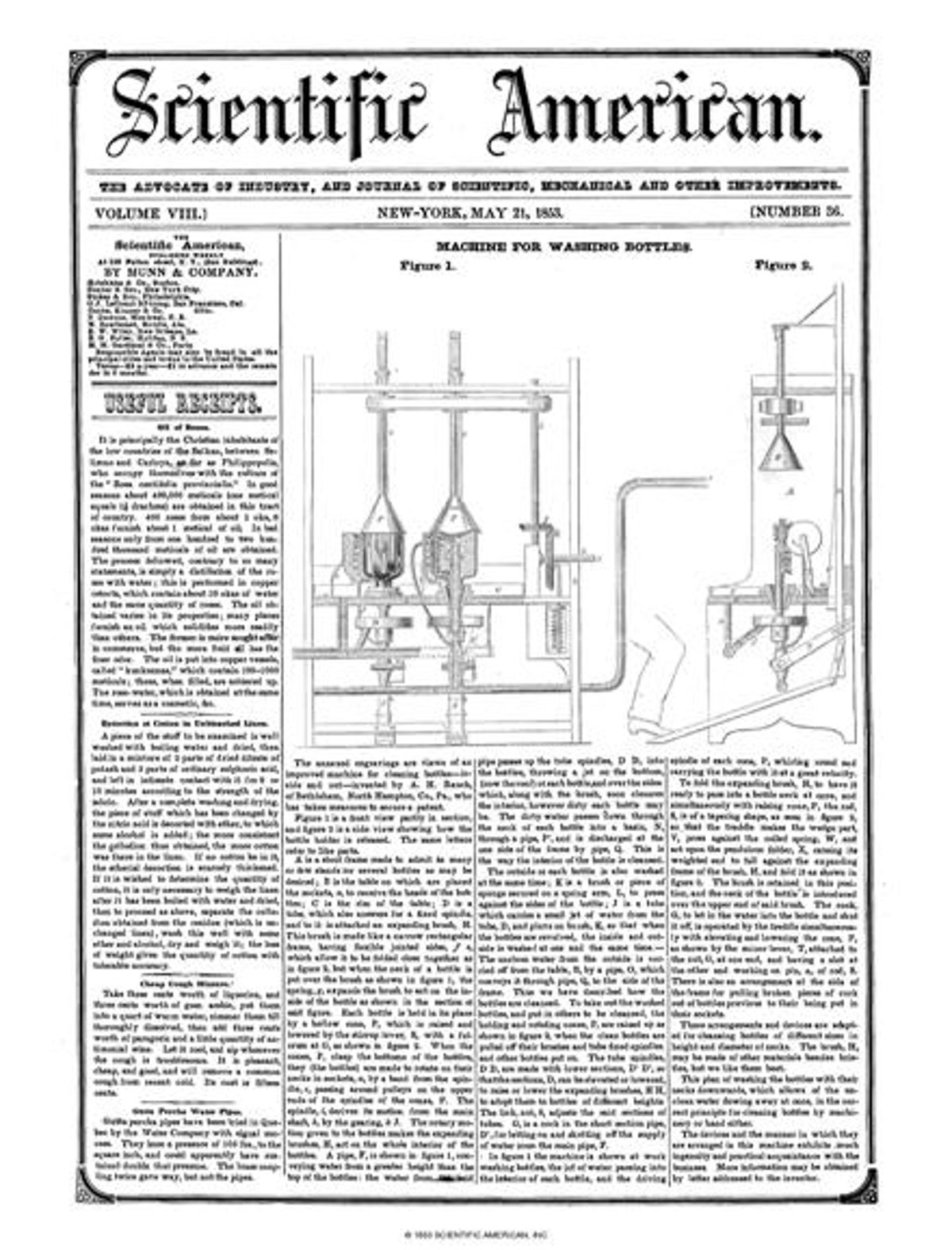MemoriesByTheMile
RVF 1K Club
- Joined
- Mar 8, 2021
- Messages
- 1,152
- Location
- Where ever the road takes us
- RV Year
- 2014
- RV Make
- Renegade
- RV Model
- Ikon
- RV Length
- 45’
- Chassis
- Freightliner Cascadia 126
- Engine
- Cummins ISX 15/600
- Fulltimer
- Yes
Over time we have seen multiple discussions about tires, pressure and temps.
Haven’t posted these in the past but thought these would be useful here as a reference. “Cold temp” pressure readings are designed to be at 65F. When it isn’t that cool (or warm) this helps me understand how much variance I can expect to see. This also helps explain why TPMS systems don’t complain when the tire temp climbs 10F, if there is a corresponding temperature change.
For instance, our front steer tires have a cold pressure of 130 psi (at 65F) but when they reach 125F on a warm day driving in the sun, that tire pressure is expected to be 147psi, a 17 psi increase. So I know not to panic.
These tables are from Bendix:
Haven’t posted these in the past but thought these would be useful here as a reference. “Cold temp” pressure readings are designed to be at 65F. When it isn’t that cool (or warm) this helps me understand how much variance I can expect to see. This also helps explain why TPMS systems don’t complain when the tire temp climbs 10F, if there is a corresponding temperature change.
For instance, our front steer tires have a cold pressure of 130 psi (at 65F) but when they reach 125F on a warm day driving in the sun, that tire pressure is expected to be 147psi, a 17 psi increase. So I know not to panic.
These tables are from Bendix:















